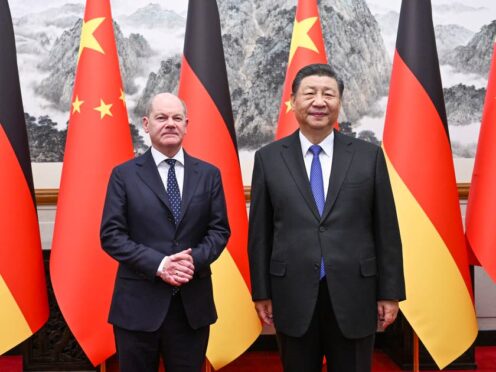It is one of the most famous phrases in the history of science fact or fiction: “Space…the final frontier.”
And, for many years, it seemed unlikely that mankind would ever reach Mars, let alone make progress beyond the solar system in which we live.
But now, the world’s leading physicist has predicted that humans may soon be able to venture in the slipstream of the Voyager spacecraft, which made its ascent into the heavens nearly 40 years ago in 1977.
Professor Stephen Hawking is backing a new project to send tiny spacecraft, which would travel trillions of miles, to another star system within a generation.
It may sound like a plot line from Interstellar and there remain significant hurdles to transcend.
But a £70million ($100million) research programme to develop the computer chip-sized “starships” has just been launched by the billionaire Yuri Milner, with the support of Facebook founder Mark Zuckerberg.
Until recently, the daunting obstacles seemed to dismiss the prospect of Star Trek ever springing to life, even in miniature.
But Prof Hawking has claimed in a news interview that what once appeared fantasy could be realised sooner than expected.
He said: “If we are to survive as a species, we must ultimately spread out to the stars.
“Astronomers believe that there is a reasonable chance of an Earth-like planet orbiting one of the stars in the Alpha Centauri system.
“But we will know more in the next two decades from ground-based and space-based telescopes.
“Technological developments in the last two decades and the future make it possible in principle within a generation.”
The difficulties in the scientists’ path are formidable, regardless of any amount of new technological advances.
The nearest star system is 40 trillion km away. Experts estimate that, even by using current technology, it would take about 30,000 years to reach any new solar system. And yet, scientists across the globe are pushing back the boundaries every day.
The new group has concluded that it might be possible to develop spacecraft which could trim that journey time to just 30 years.
And Prof Hawking agrees with the underlying vision behind the epic scale of their ambitious plans to reach for the stratosphere.
As he said: “There are no greater heights to aspire to than the stars.
“It is unwise to keep all our eggs in one fragile basket.”










